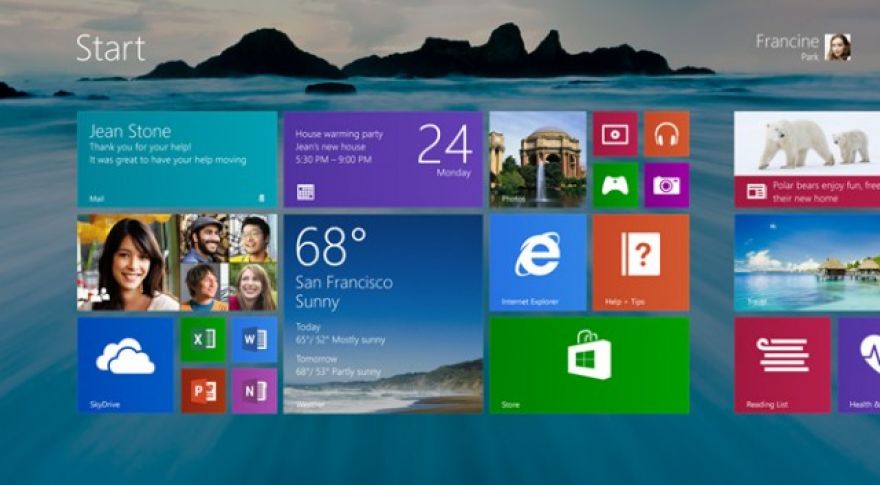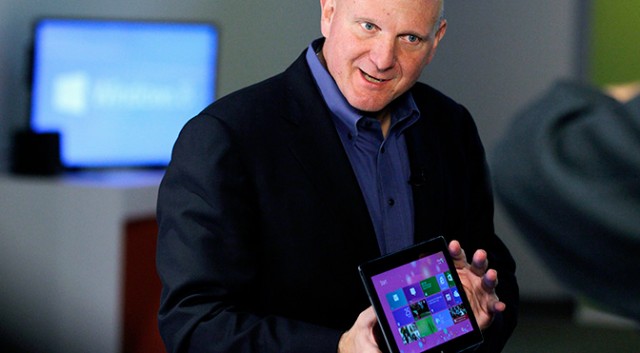
Microsoft Taking Windows 8.1 Off Life Support in January 2023
Microsoft wants to move on from Windows 8.1, which it launched in 2013 to cover up the stink of Windows 8. The company has announced the end of Windows 8.1 support will hit in January 2023, at which point anyone still running Microsoft’s old OS will be unprotected from any new system vulnerabilities that may crop up. While Microsoft has an old version of Windows to issue important patches, it sounds like Windows 8.1 won’t get that kind of consideration.
Windows 8.1 support . After that, there won’t be any further patches for the OS. That means every new exploit that appears online will worsen security on Windows 8.1.
As long as a version of Windows is officially supported, Microsoft regularly pushes out patches with new features and security fixes. Although, the number of new features peters out as soon as there’s a newer version of the OS. The end of support comes a few years later — sometimes more than a few, in the case of more popular versions of Windows. Microsoft had to push back the end of support for Windows XP several times, .
Even after the end of support, businesses can often purchase Extended Security Updates. These contracts are expensive but ensure that critical systems that cannot be easily updated don’t become security risks. However, Microsoft is not offering that as an option for Windows 8.1. It was the same for Windows 8, which was relegated to the dustbin of history in 2020.

Windows 8.1 was the last OS release under the short tenure of CEO Steve Ballmer.
Windows 8 attempted to reimagine the Windows interface for the touch-screen era, even though almost no touch-optimized apps existed for the platform. It did away with tried and true features like the Start button, and the standard desktop interface was obscured behind the tile-based Start Screen. The response to Windows 8 was so negative that Microsoft released the revamped Windows 8.1 a year later to make the OS work more like older versions of Windows. Almost all of the new features from Windows 8 and 8.1 were removed when Windows 10 launched in 2015. Windows 8 usage cratered as soon as Windows 10 was available–according to Statcounter, it sits at 2.45 percent of Windows installs today. The low usage is probably why Microsoft opted not to offer an extended support program.
Now read: